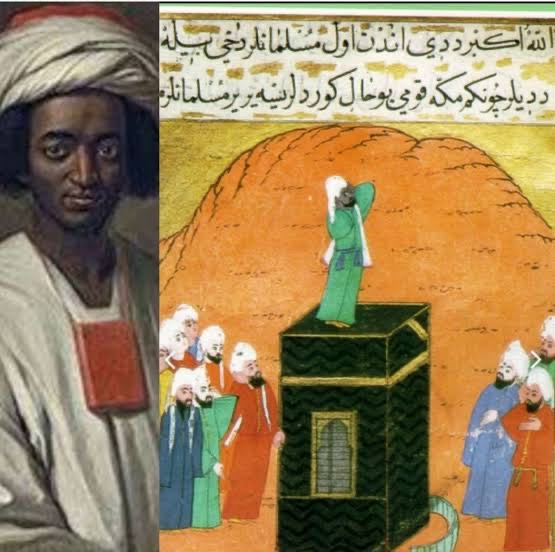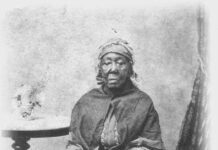Bilal ibn Rabah: The Story of an African Slave Who Became Islam’s First Muezzin
Bilal ibn Rabah, also known as Bilal al-Habashi (Bilal the Ethiopian), originated from Abyssinia (present-day Ethiopia or Eritrea). He was born into slavery in Mecca and was a first-generation Muslim, one of the earliest converts to Islam.
He is noted for being the first muezzin (caller to prayer) in Islam.
Origin
Bilal was of Habashi (Ethiopian) descent and was born into slavery in Mecca. He was enslaved by Umayyah ibn Khalaf, a powerful Quraysh elite and opponent of Islam.
His mother, Hamamah, was a princess of Abyssinia who was captured and enslaved after the event of the Year of the Elephant. Being born into slavery, Bilal had no other option but to work for his master, Umayyah ibn Khalaf. Through hard work, Bilal became recognised as a good slave and was entrusted with the keys to the Idols of Arabia. However, racism and sociopolitical statutes of Arabia prevented Bilal from achieving a great position in society.
READ ALSO: Muslim Geniuses: 16 legends without whom modern science wouldn’t exist
When Bilal accepted Islam around age 30, he was tortured for his faith. He was dragged through the streets, tied under the scorching sun, and had heavy stones placed on his chest.
Despite this, he repeatedly said “Ahad, Ahad” (“One, One” – referring to the oneness of God). He was freed by Abu Bakr as-Siddiq, a close companion of Prophet Muhammad, who bought and emancipated him.
Role in Islam
Chosen by Prophet Muhammad (PBUH) as the first muezzin, the one who calls Muslims to prayer. His voice was famous for its strength, clarity, and emotion.
He was deeply trusted by the Prophet and took part in most major battles of early Islam.
Bilal rose to prominence in the Islamic community of Medina, as the Prophet appointed him minister of the Bayt al-Mal (treasury). In this capacity, Bilal distributed funds to widows, orphans, wayfarers, and others who could not support themselves.
READ ALSO: Khalid ibn al-Walid: The sword of Allah
Later Life & Death
In his book, Bilal ibn Rabah, Muhammad Abdul-Rauf states that Bilal “was of a handsome and impressive stature, dark complexion with sparkling eyes, a fine nose and bright skin.
He was also gifted with a deep, melodious, resonant voice. He wore a beard which was thin on both cheeks. He was endowed with great wisdom and a sense of dignity and self-esteem.
After the Prophet’s death, Bilal reportedly stopped calling the adhan (call to prayer) due to his overwhelming grief. He later moved to Syria, where he lived until his death around 640 CE.
He was buried in Damascus, where a shrine and mosque named after him still exist today.
Legacy
Revered as a symbol of faith, resilience, and anti-racism.
His life story is used in sermons and Islamic teachings to demonstrate equality in Islam, as he rose from slavery to one of the Prophet’s most honoured companions.
He is celebrated in Muslim communities worldwide, especially among African Muslims
Follow the Neptune Prime channel on WhatsApp:
Do you have breaking news, interview request, opinion, suggestion, or want your event covered? Email us at neptuneprime2233@gmail.com





